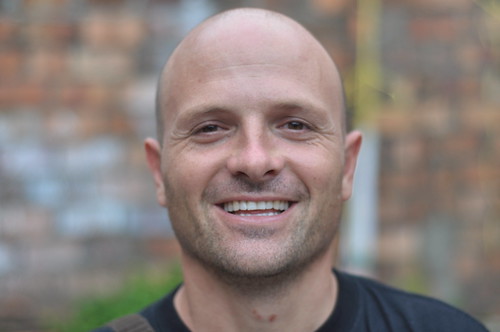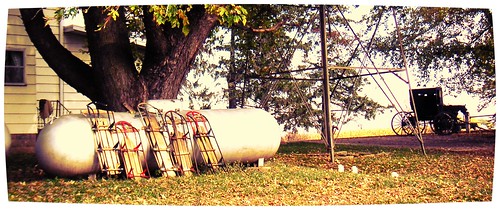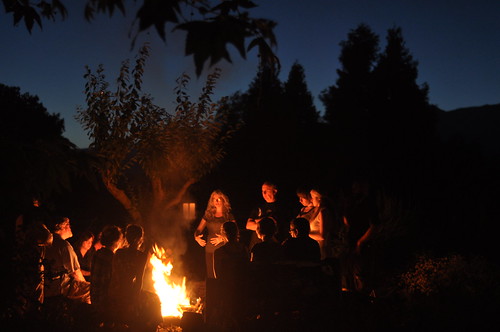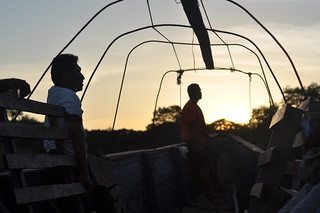The evil, rotten core of US war and empire and why it should make us all angry as hell

A page from the Martyr’s mirror depicting Geleyn Corneliss, who was hung by his thumb while his torturers played cards. Modified illustration from Third Way Cafe
Crossposted from As of Yet Untitled
Yesterday, March 6, 2013, we in the US learned in The Guardian that our government put torture and death at the center of our policy in Iraq. According to the article, Jim Steele, who was heavily involved in the El Salvadoran death squads, was called in to replicate the model in Iraq in 2004 with millions of dollars at his disposal. This strategy, known as the “Salvador Option” was apparently known and discussed at the highest levels of the US government and supervised closely by General David Petraeus. These actions are consistent with US policy since the end of World War II: torture and mass murder in support of US economic interests.
This is no aberration: it is the norm for empire. Nevertheless, many will hem and haw, rationalize and suggest this is still a few bad apples, albeit 4 star general apples. Tragically, most in the United States will simply ignore it. But what about us, as Mennonites: as Anabaptist Christians? What will we do?
March 7, 2013 Anabaptism, Death, empire, Foreign Policy, Martyrdom, Mennonite Church USA, Military, Politics, Torture, US Military Read more >






